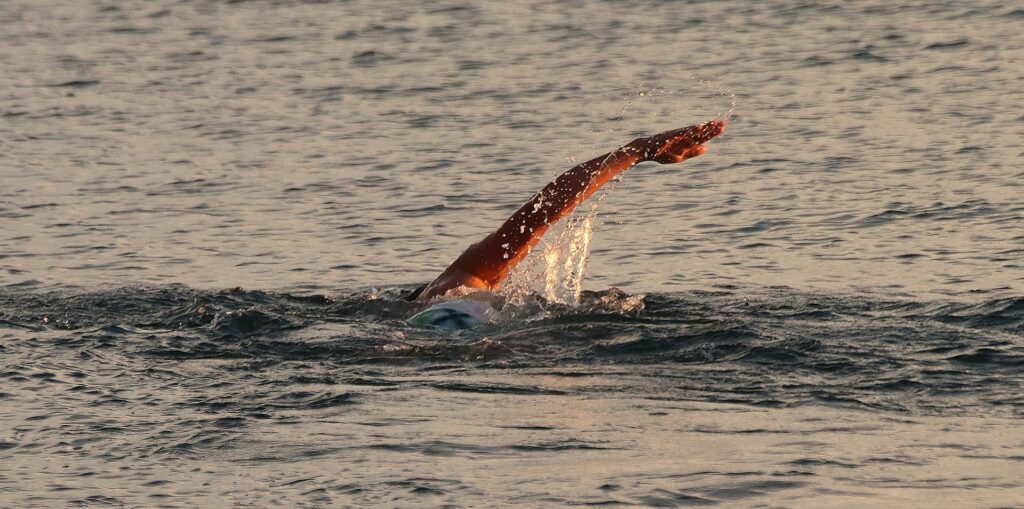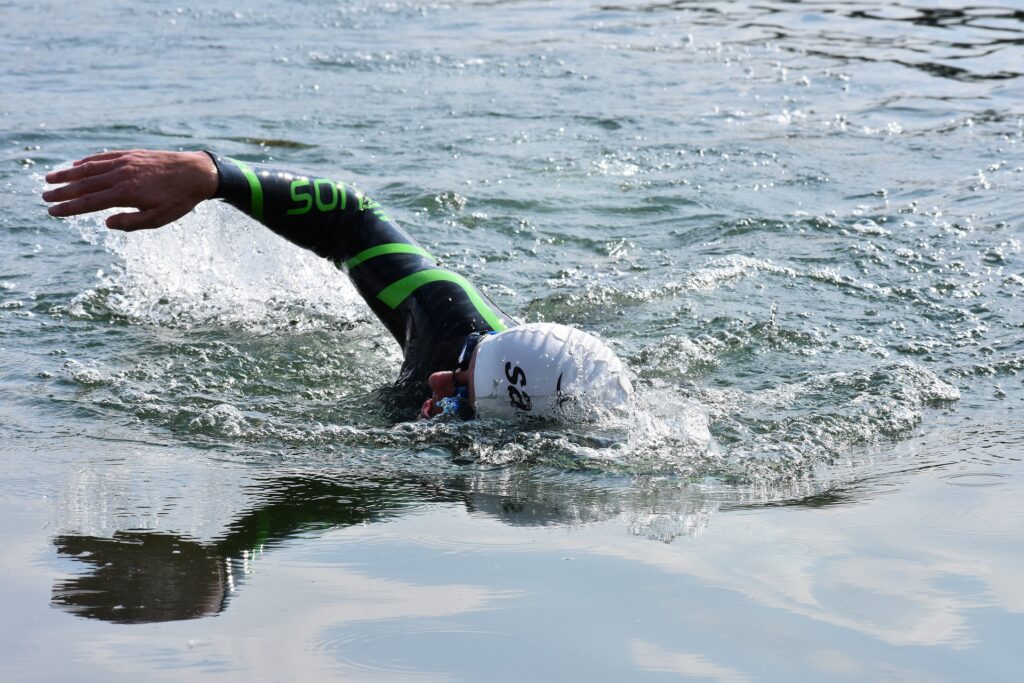Menu

If you’ve been tempted to go for a quick dip in the sea due to the recent good weather in Ireland, you’re not alone! Open-water swimming has seen a huge increase in popularity in the past two years, with sea swimming and lake dipping becoming one of few outlets for many people to engage in during periods of COVID-19 restrictions.
The benefits of cold water immersion are wildly noted. From an increased metabolism and immune system responses to lowering blood pressure and stress, and even providing anti-depressant effects. However, open-water/cold-water swimming doesn’t come without risk; cold-shock, after-drop, and changing tides, are just some of the issues which swimmers can face if they are not properly prepared for their open water activity.
Whether you’ve been swimming or dipping for years, or you’re brand new to making a splash, we’ve put together a list of helpful things for you to consider as you prepare for your open water adventures.

For more information, see https://watersafety.ie/ and https://www.swimireland.ie/open-water


Get all the latest news about upcoming sporting events, top tips on training and exclusive interviews.


